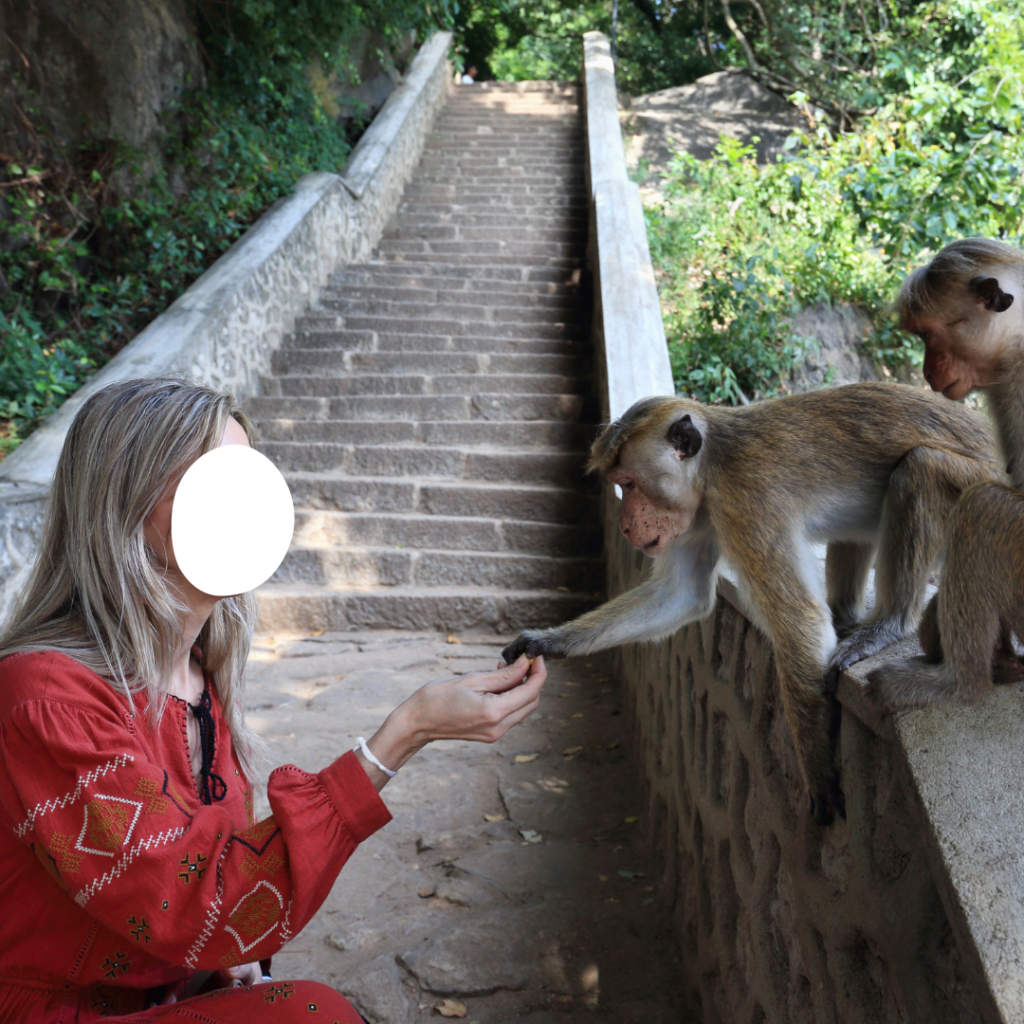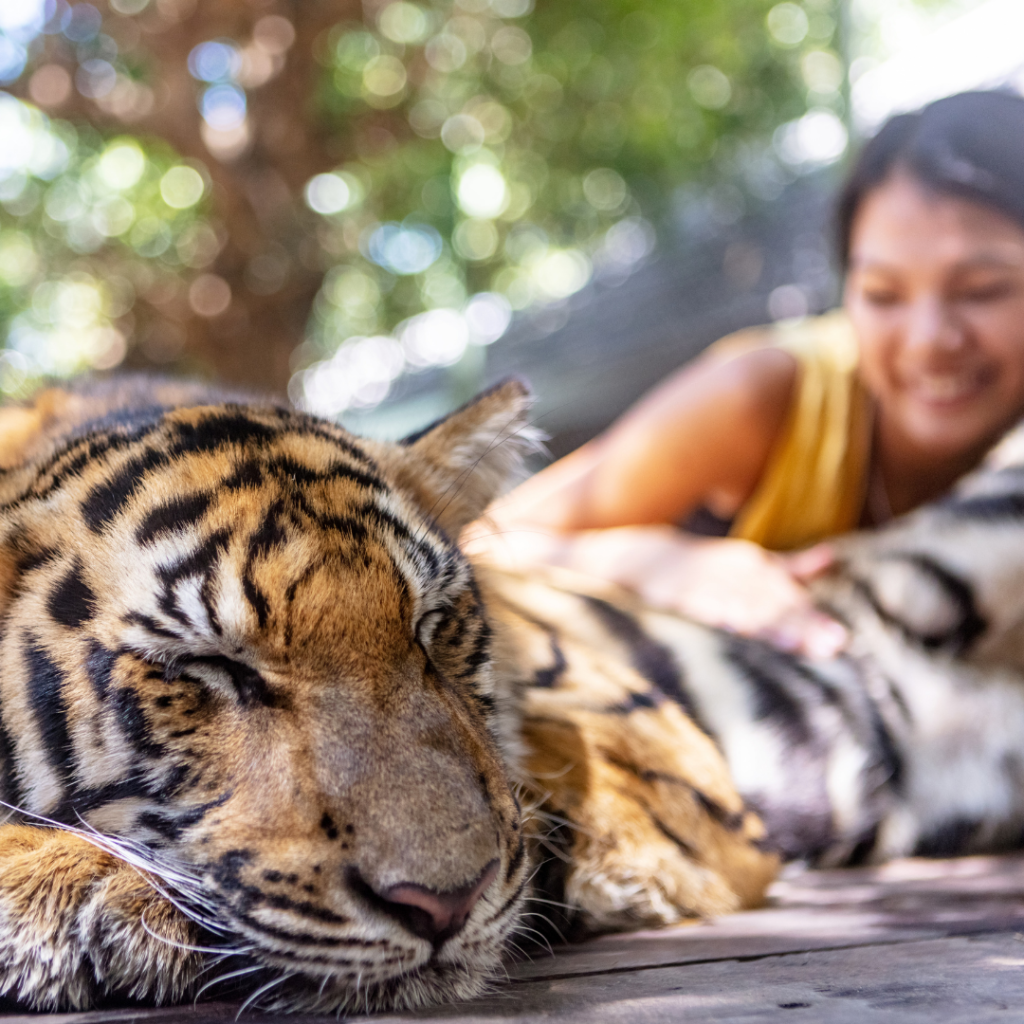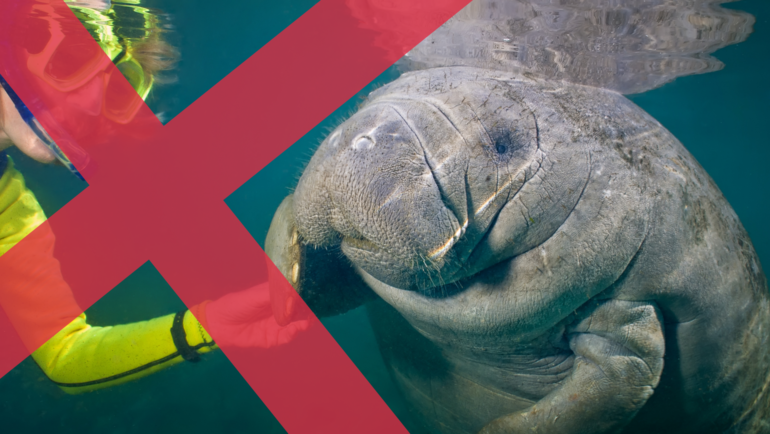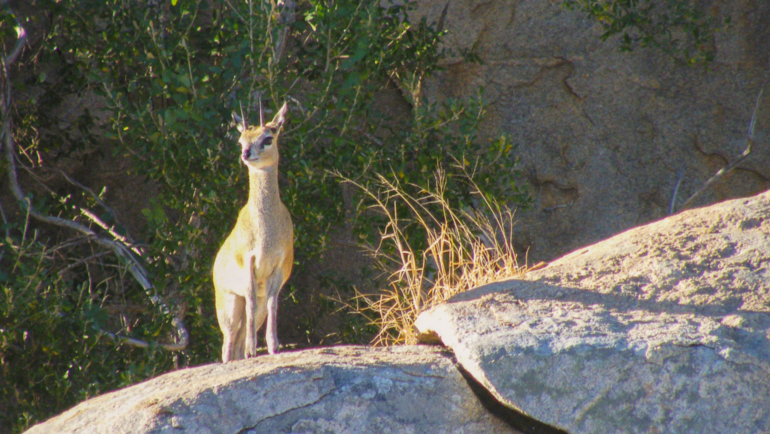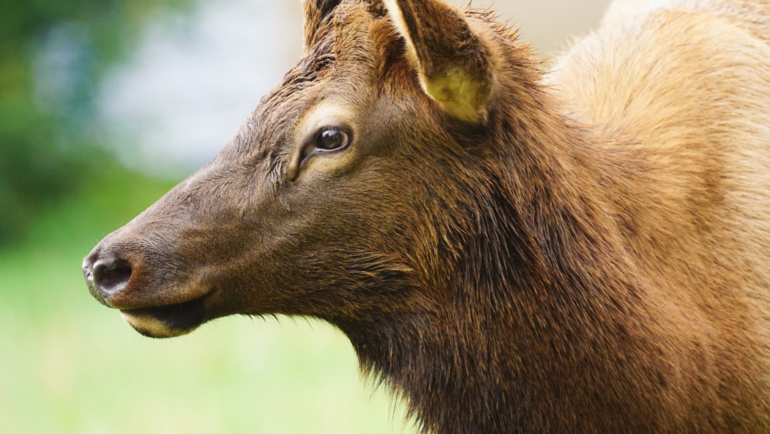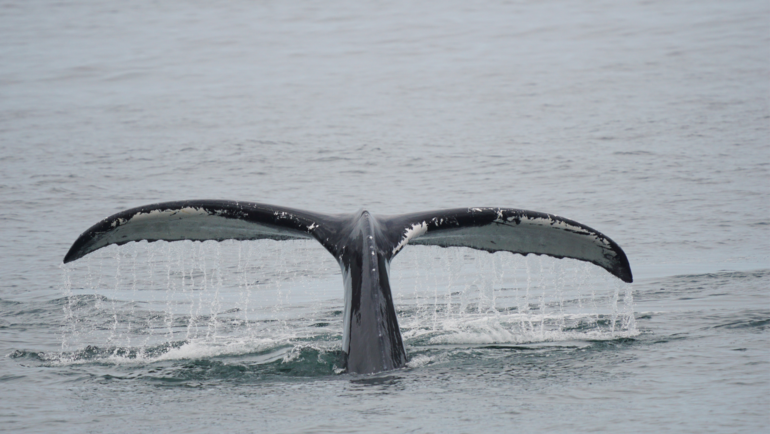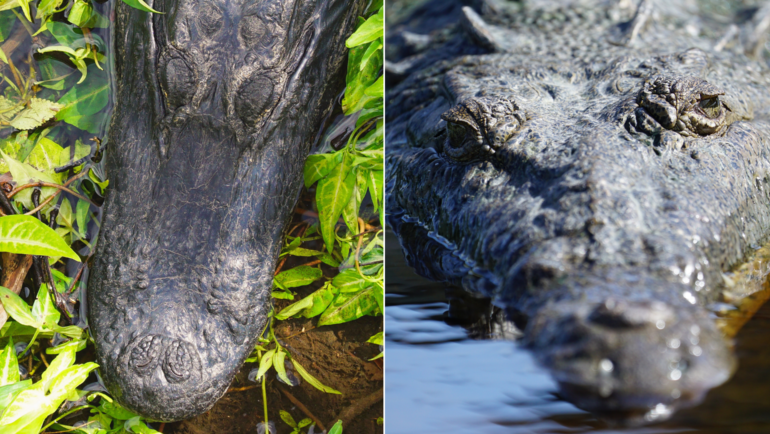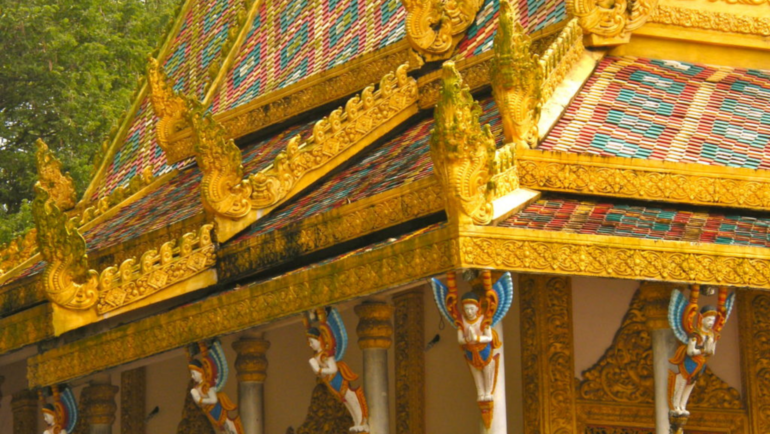Most people are unaware of the dark truth behind cheeky wildlife selfies. From snapshots next to tigers that amp up your game on Tinder to cuddling sloths for a viral-worthy selfie. All corners of the globe are experiencing a surge in tourists wanting those surprisingly destructive selfies.
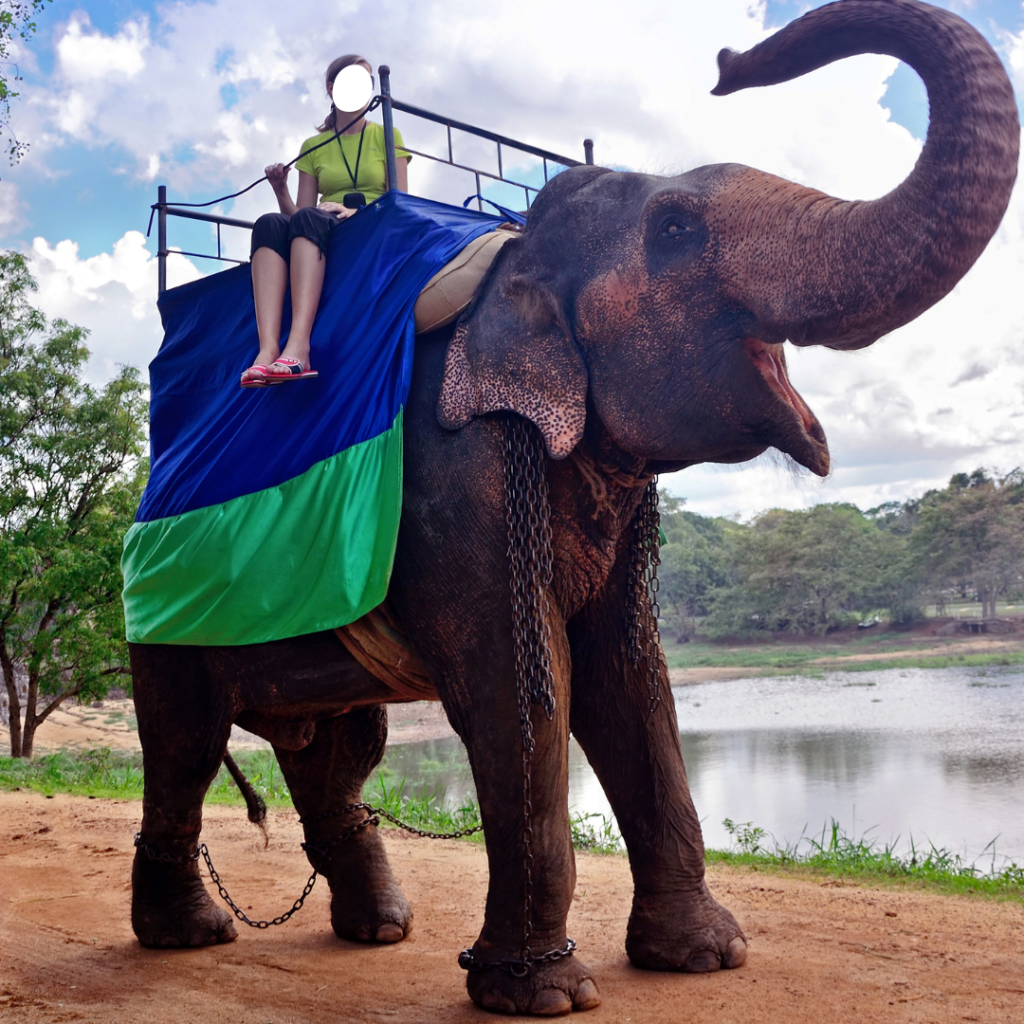
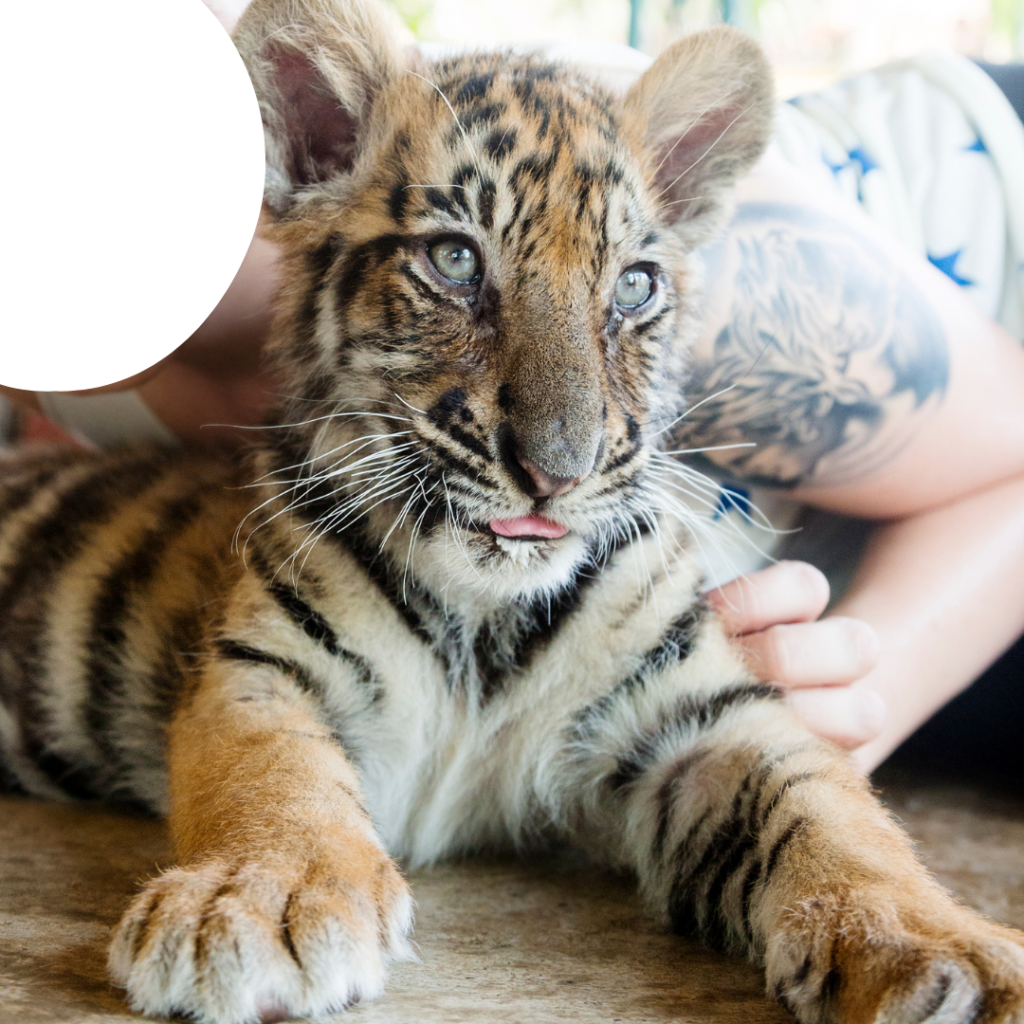
Wildlife Selfies – What’s the Harm in a Picture?
Driven by tourists willing to pay, the craze for wildlife selfies has led to the endless exploitation of animals around the globe. But most travelers would think their photo atop an elephant, kissing a dolphin, or with a row of parrots on their outstretched arms – would be far from harmful or cruel. These photos aren’t intended to hurt anyone. Instead, they are intended to wow your followers and impress your relatives, but definitely not hurt anyone. More need to become aware of the pain caused by forcing these animals to pose while you smile. Driving awareness and empowering tourists is the way to help protect wildlife. As the tourism industry wakes up to the reality of this cruelty, the fewer people there will be blindly supporting this exploitation.
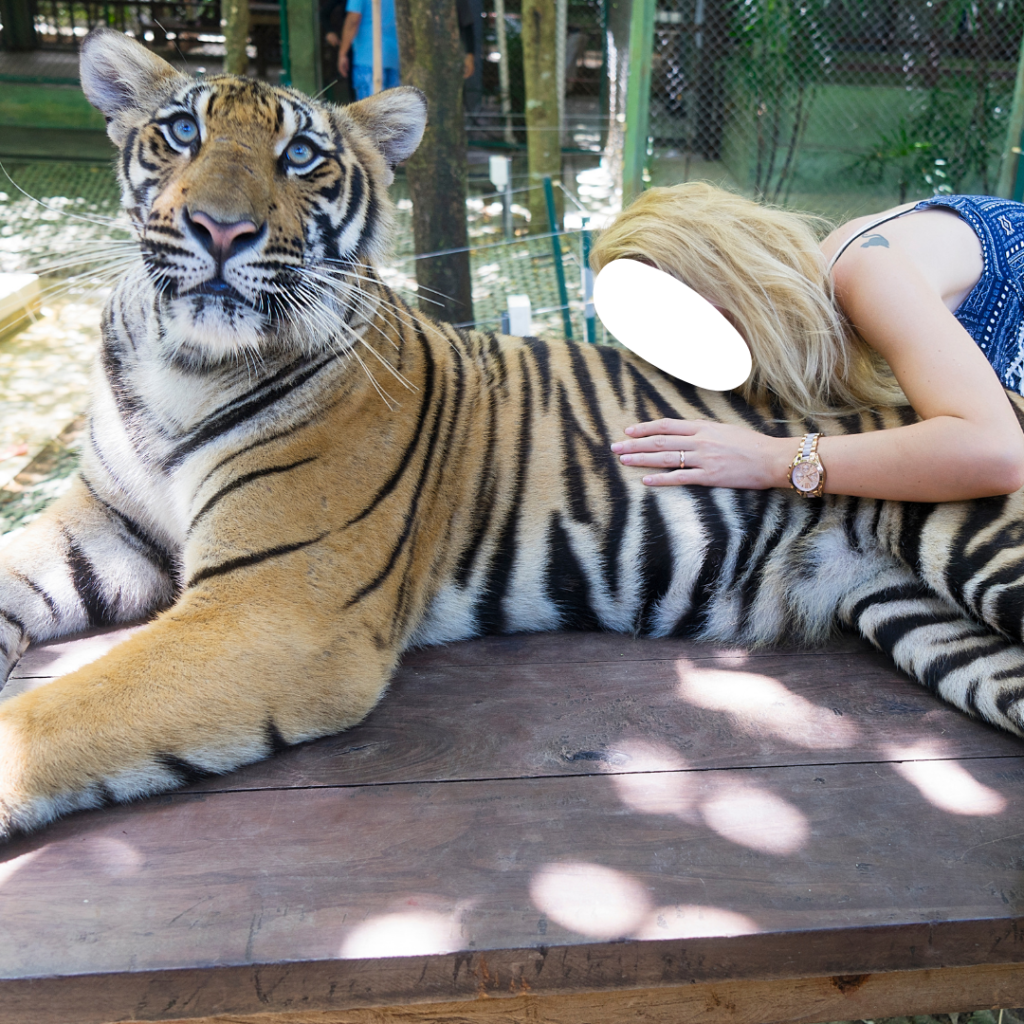
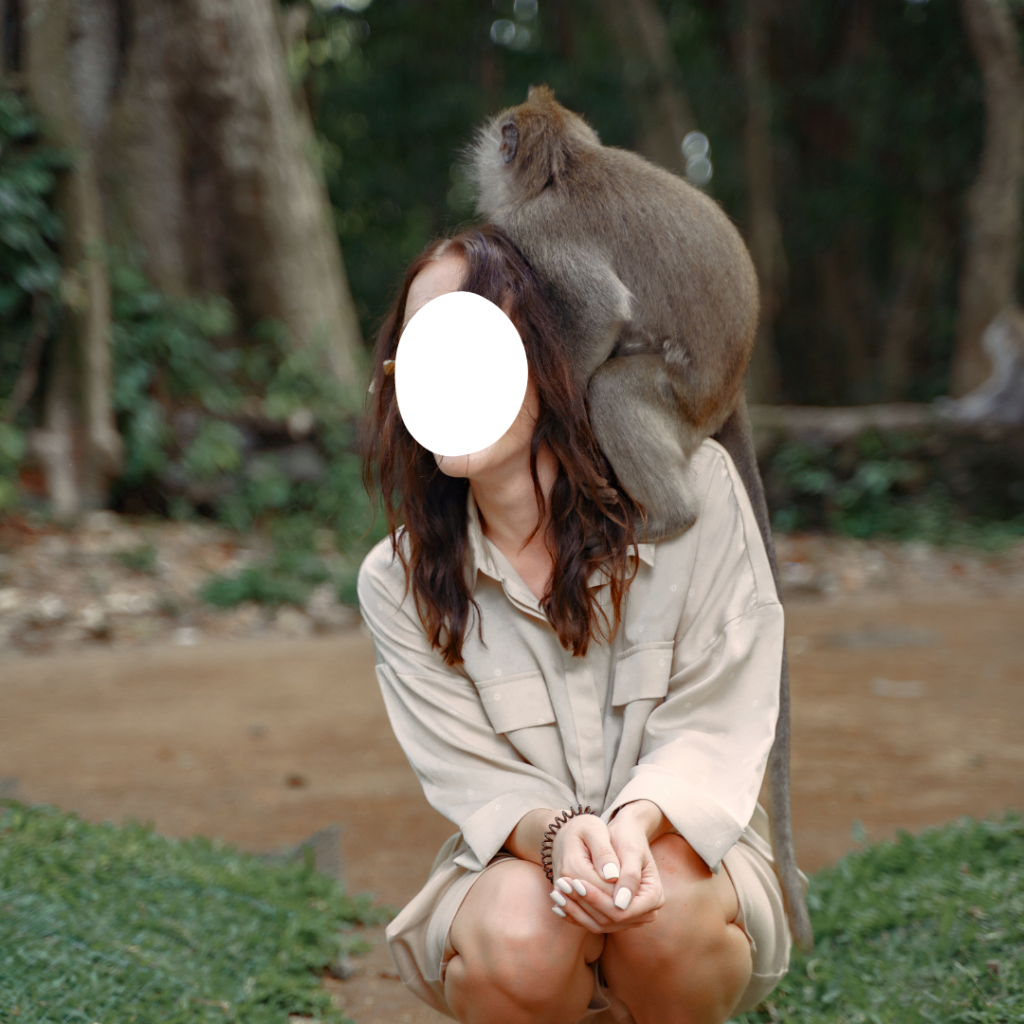
What’s the Difference Between Good vs. Bad Wildlife Selfies
‘Bad’ Wildlife Selfie: is an image where a wild animal is being held, touched, restrained, or baited for the purpose of being a photo prop.
‘Good’ Wildlife Selfie: is any image of a wild animal in which there was no direct human contact and the animal’s movement was not being restrained to be used as a photo prop.
Observe animals in an ethical and respectful way, and always from a safe distance. To learn more about ethical wildlife photography read: 10 Practices for Ethical Wildlife Photography.
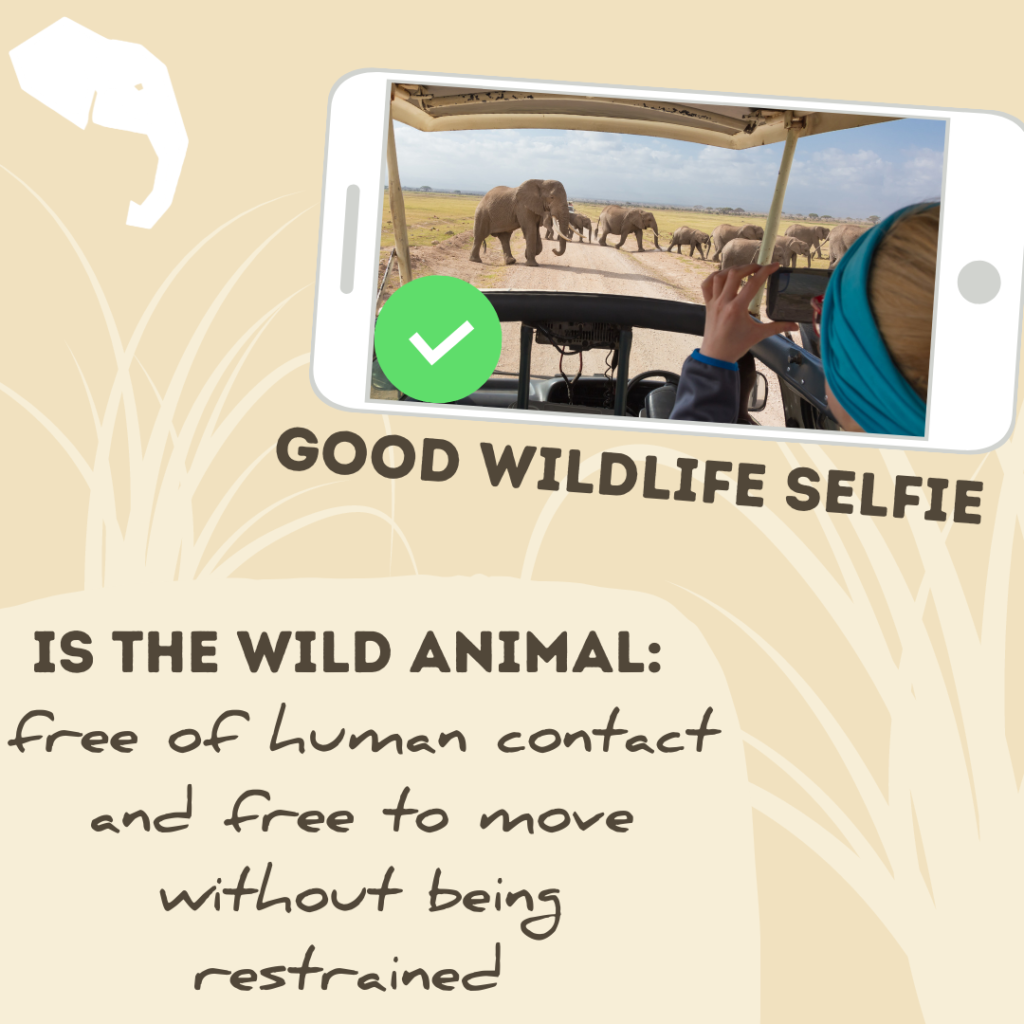
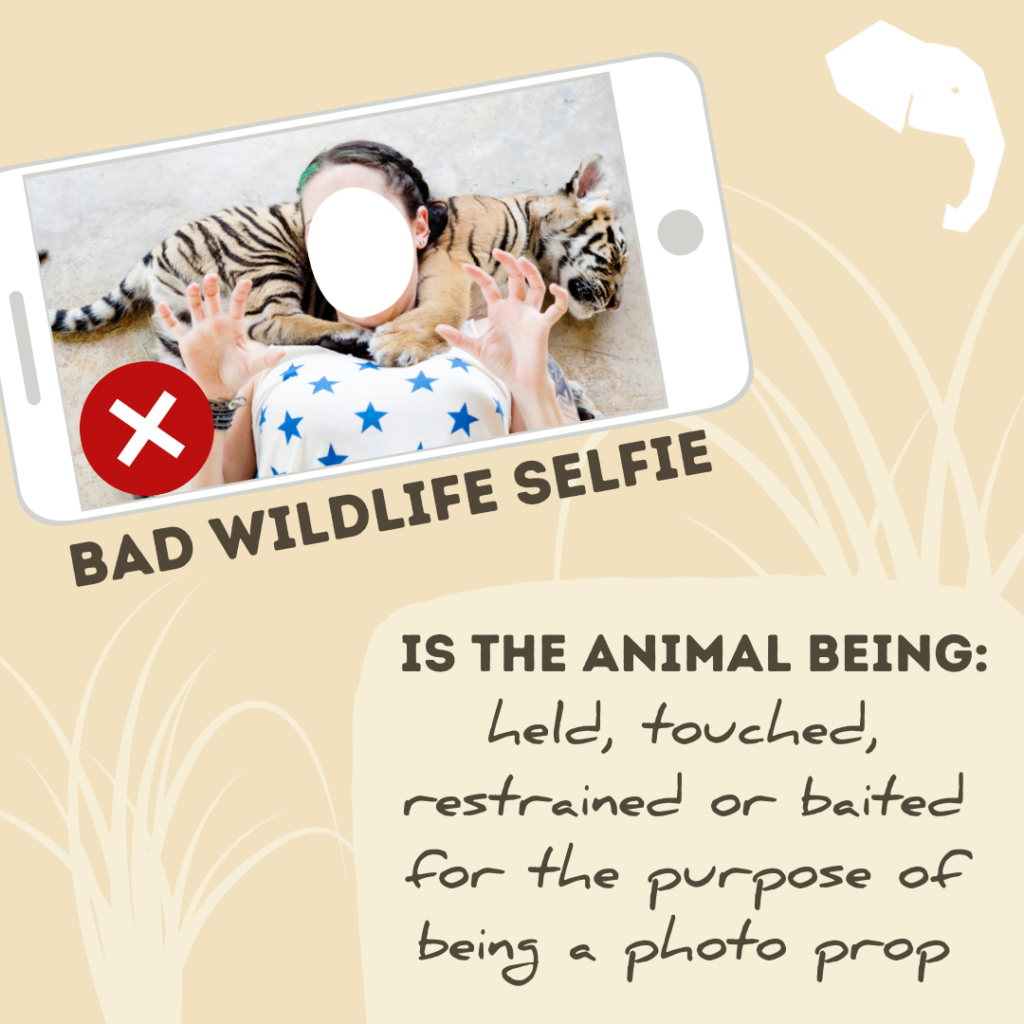
Wildlife Selfies – Exploitation Driven by Social Media
Our digital lives are the sole driver of the demand for selfies with wild animals. A quick scroll through TikTok or a swipe through your favorite dating app would reveal the daunting reality of the issue. To help curb the issue in 2017, Instagram released a new warning alert that notify users searching hashtags like #tigerselfie or #dolphinkiss or #elephantride. Now an alert pops up saying; “animal abuse and the sale of endangered animals or their parts is not allowed on Instagram. You are searching for a hashtag that may be associated with posts that encourage harmful behavior to animals or the environment.” But alerts alone will not end these practices. Our desire to impress our friends and followers has led to a worldwide craze that craves photos with animals. Being in the presence of wild animals is impressive. It’s our human nature to want to reach out and interact with wildlife. But the lasting effects of our simple actions can be devastating.
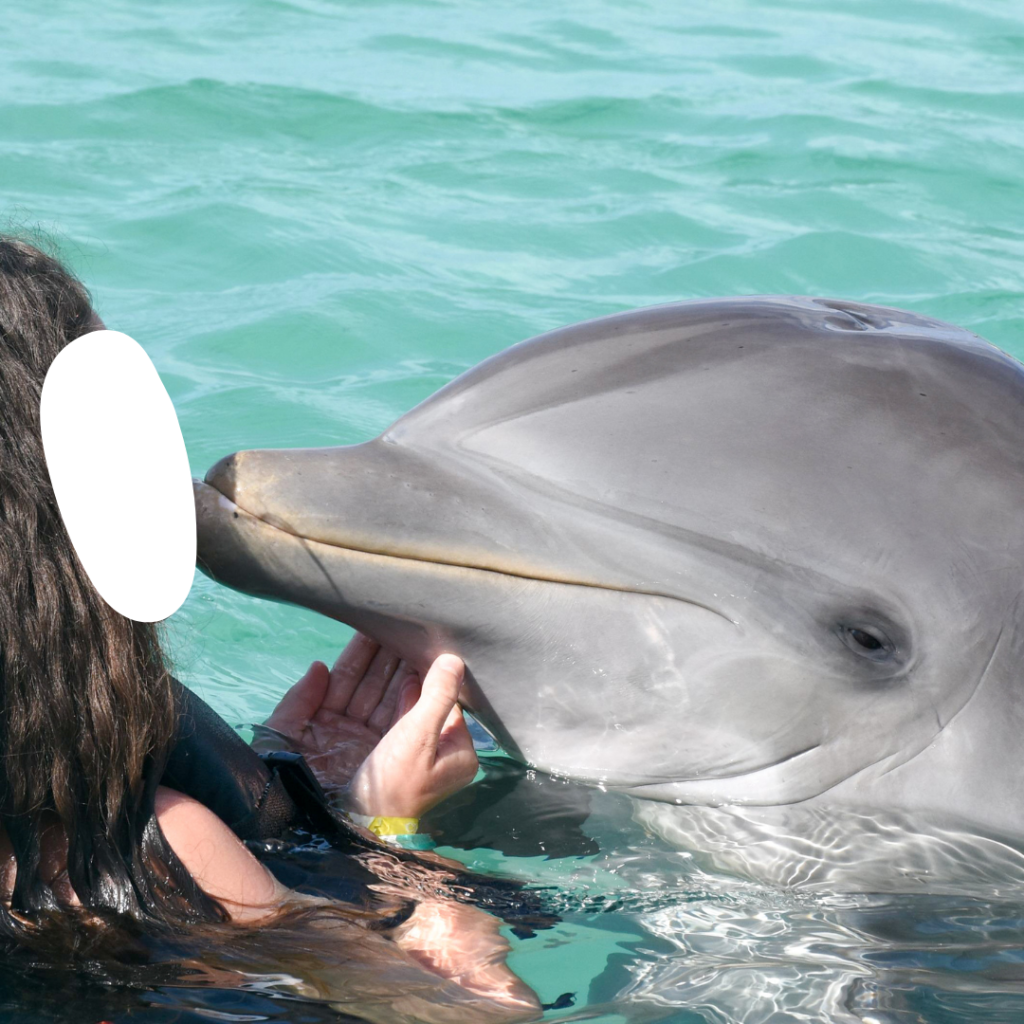
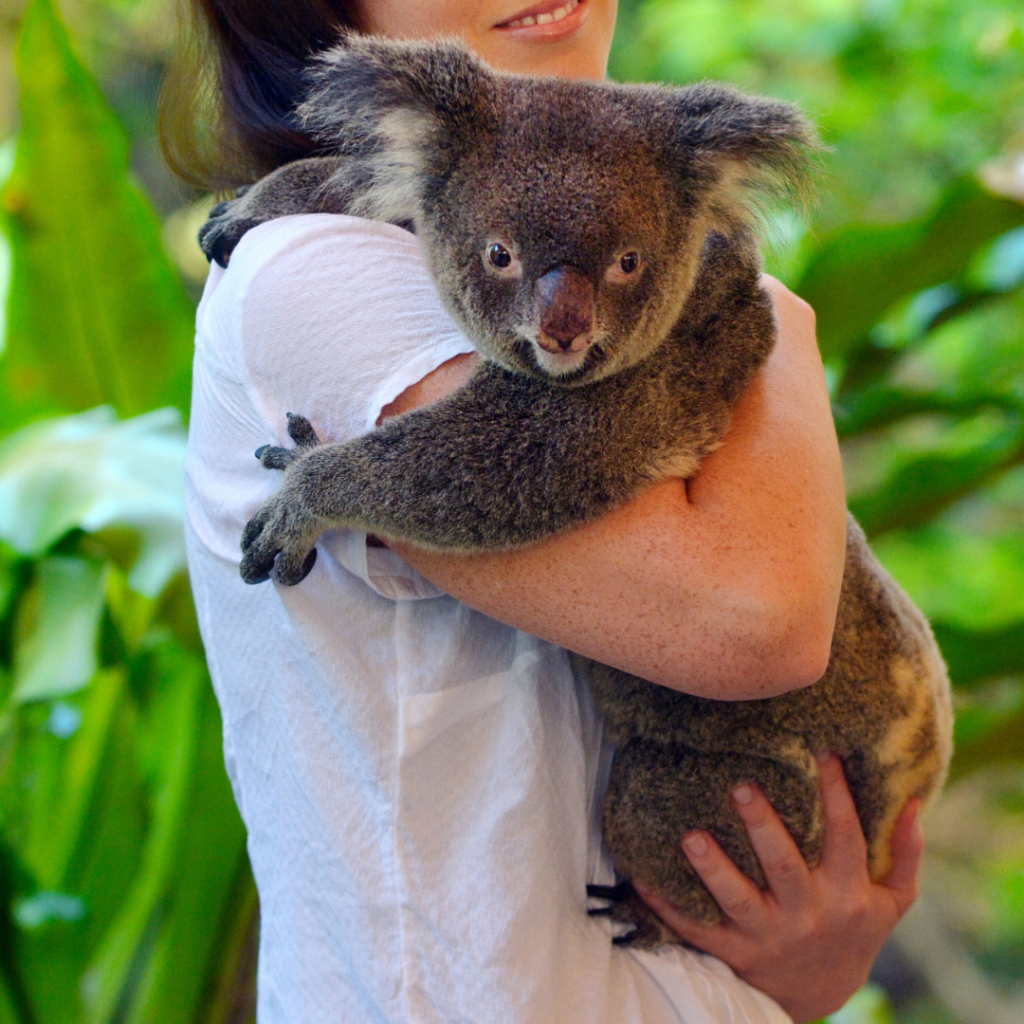
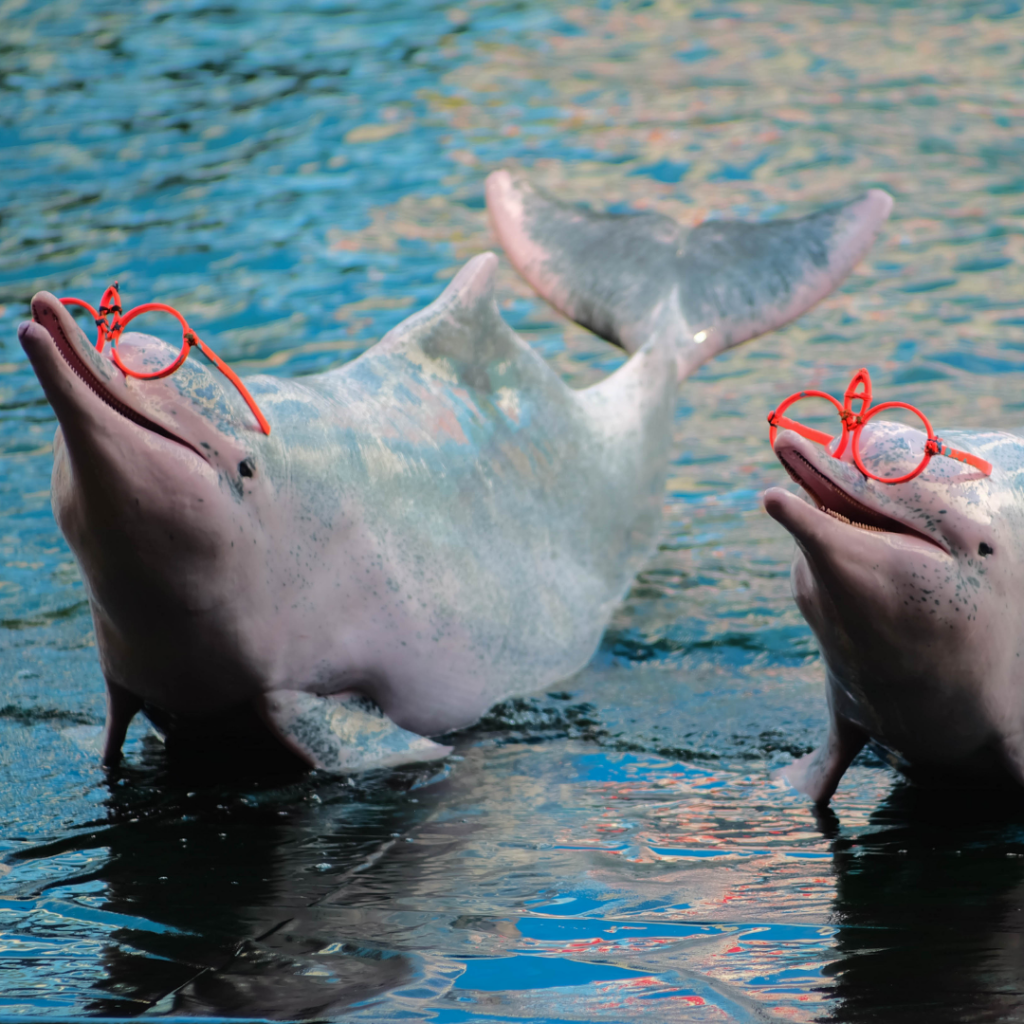
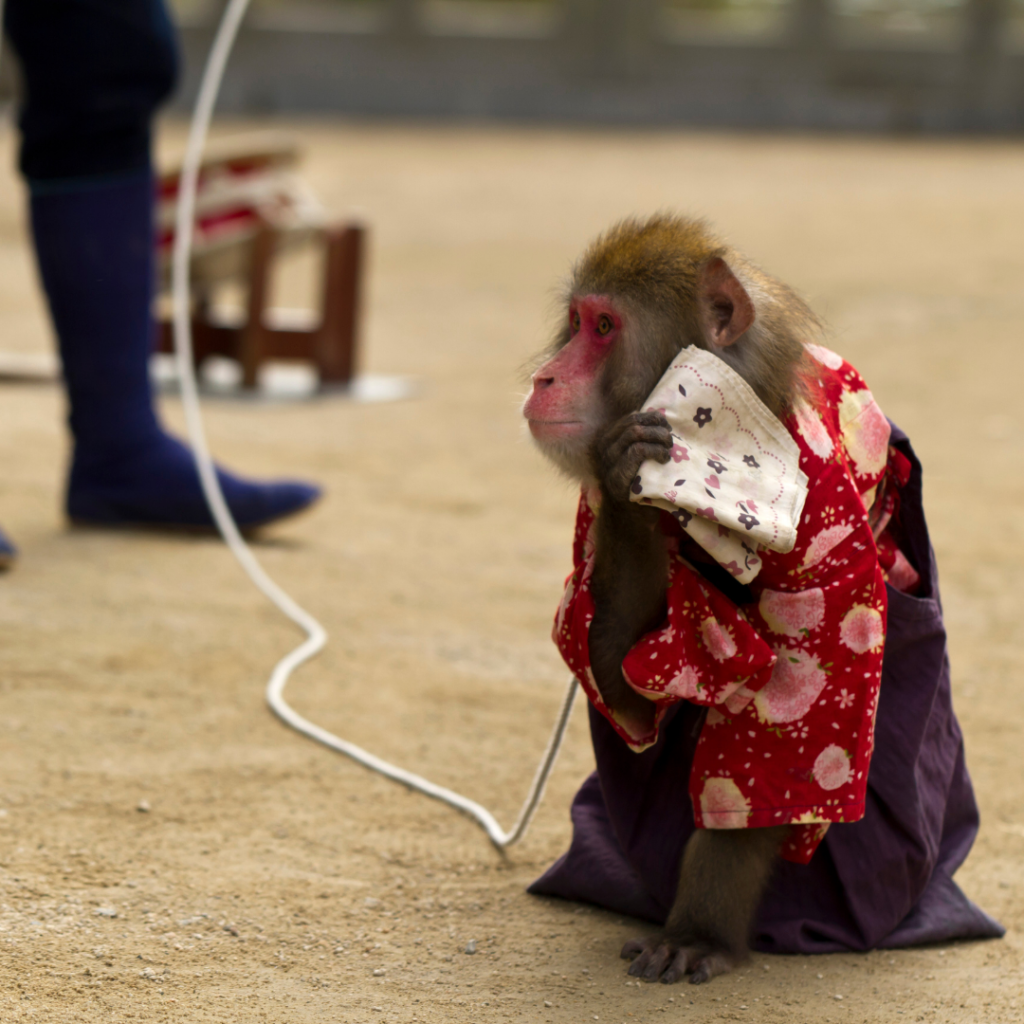
Wildlife Selfies – The Lasting Damage Involved
Behind the scenes, these operations are taking animals from their mothers or poaching them from the wild. This growing demand for caught wildlife has led to concerns over the loss of biodiversity. According to World Animal Protection, areas of Latin America have found that over 20% of species involved in exploitive photo opportunities are threatened by extinction and over 60% are protected by international law. Oftentimes these caught individuals are kept in filthy containment, that meet none of their needs as wild animals. Some species, like tigers, even have their canine teeth and claws removed to make them “safe” for paying customers to get close to. The reality is these unlucky animals are suffering both in front and behind the tourists’ cameras.
What’s more, selfies with wild animals pose a risk to the tourists involved. Not only are wild animals WILDLY unpredictable but many pose the risk of harming tourists by biting, scratching, or even just licking them. Close contact with animals involves the risk of transmitting zoonotic diseases, diseases that can be shared between animals and humans. It’s not uncommon for tourists to become sick with things like Salmonella or E. coli when interacting with wildlife.
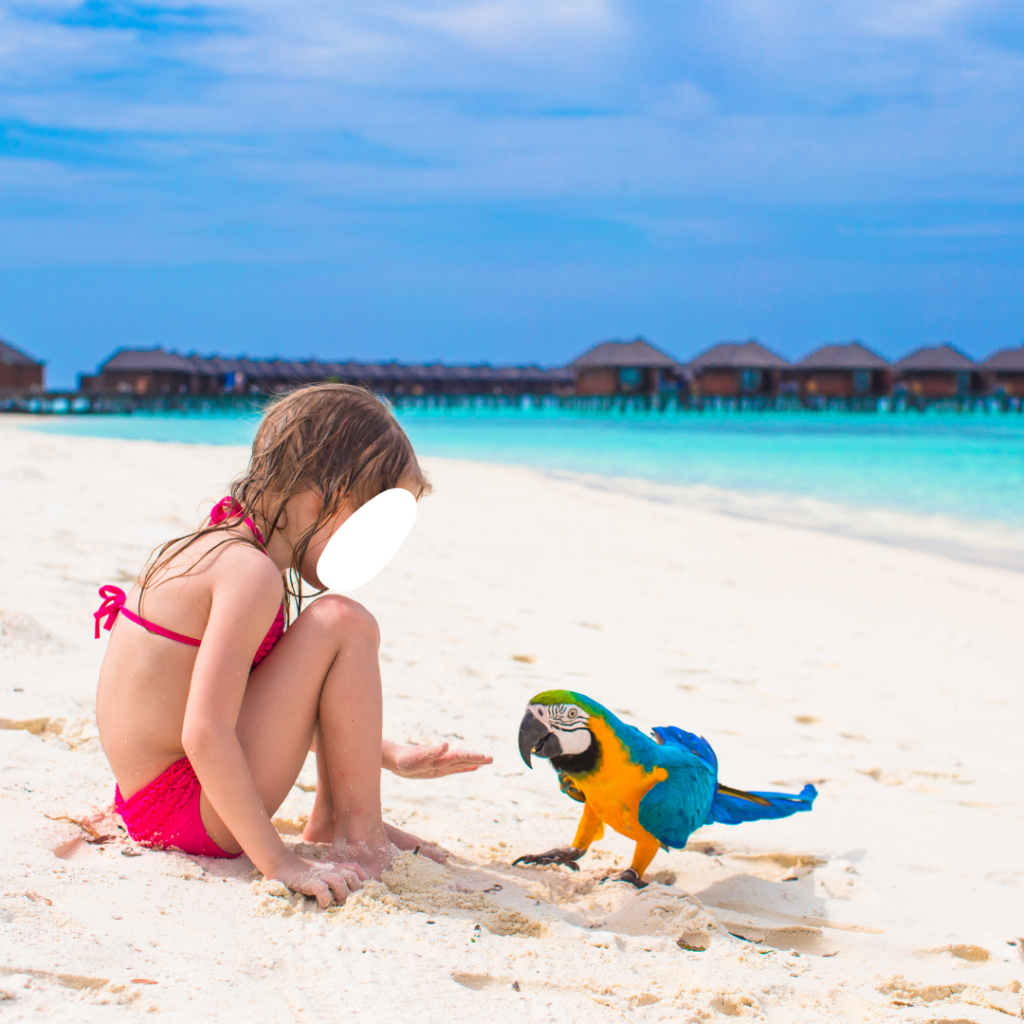
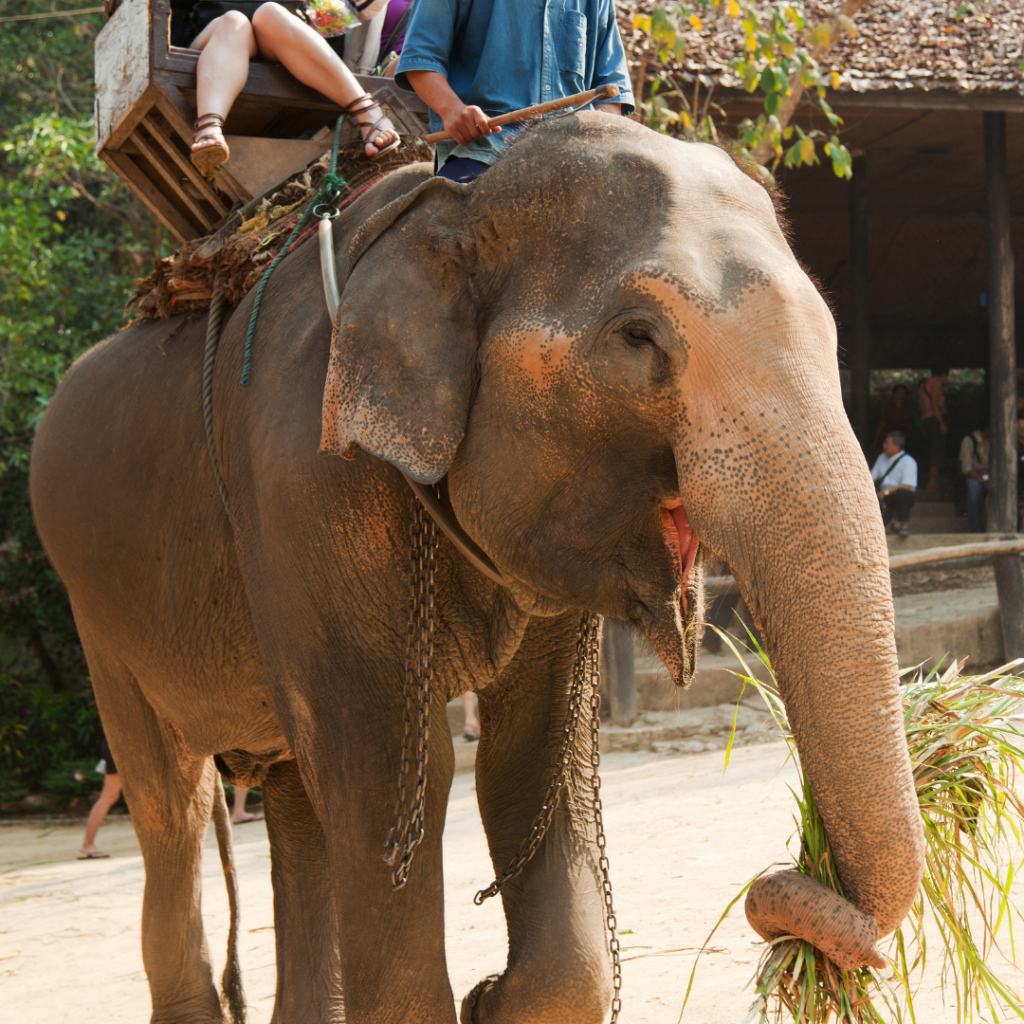
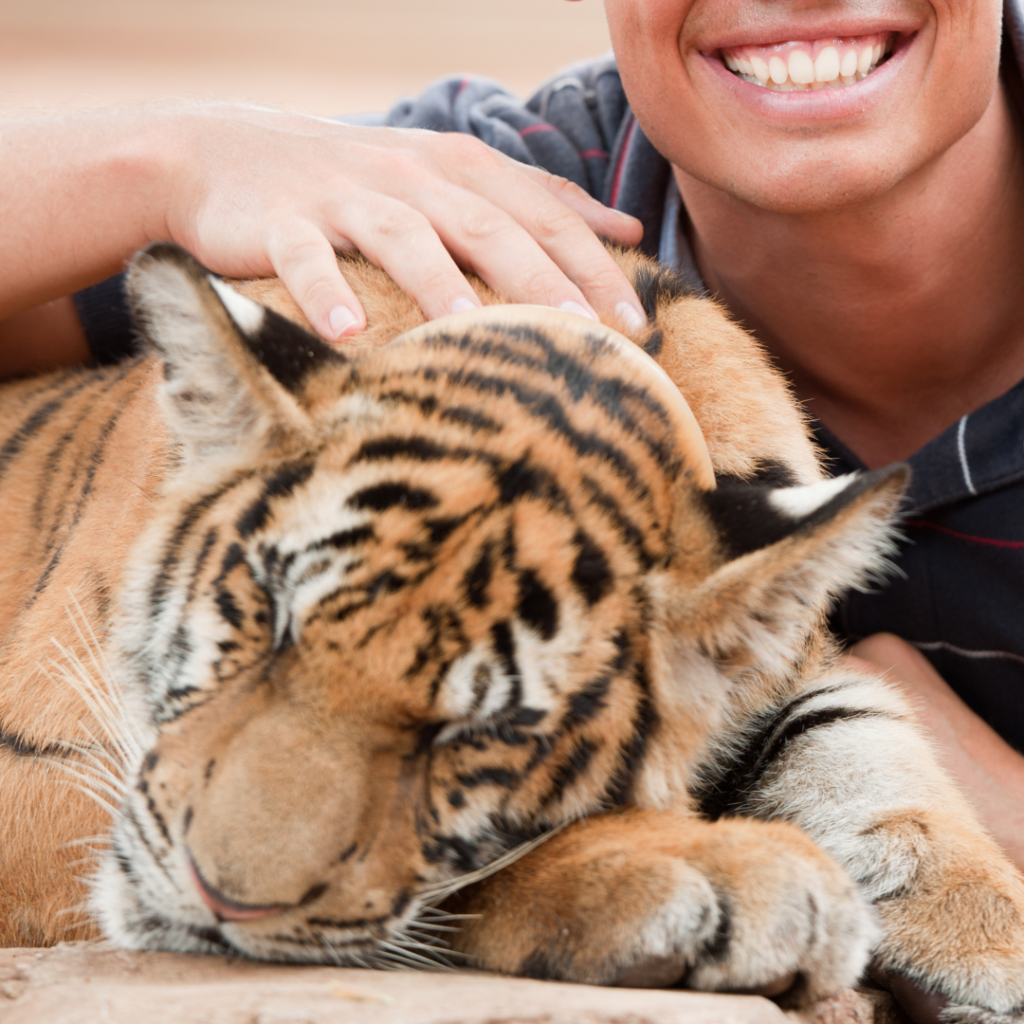
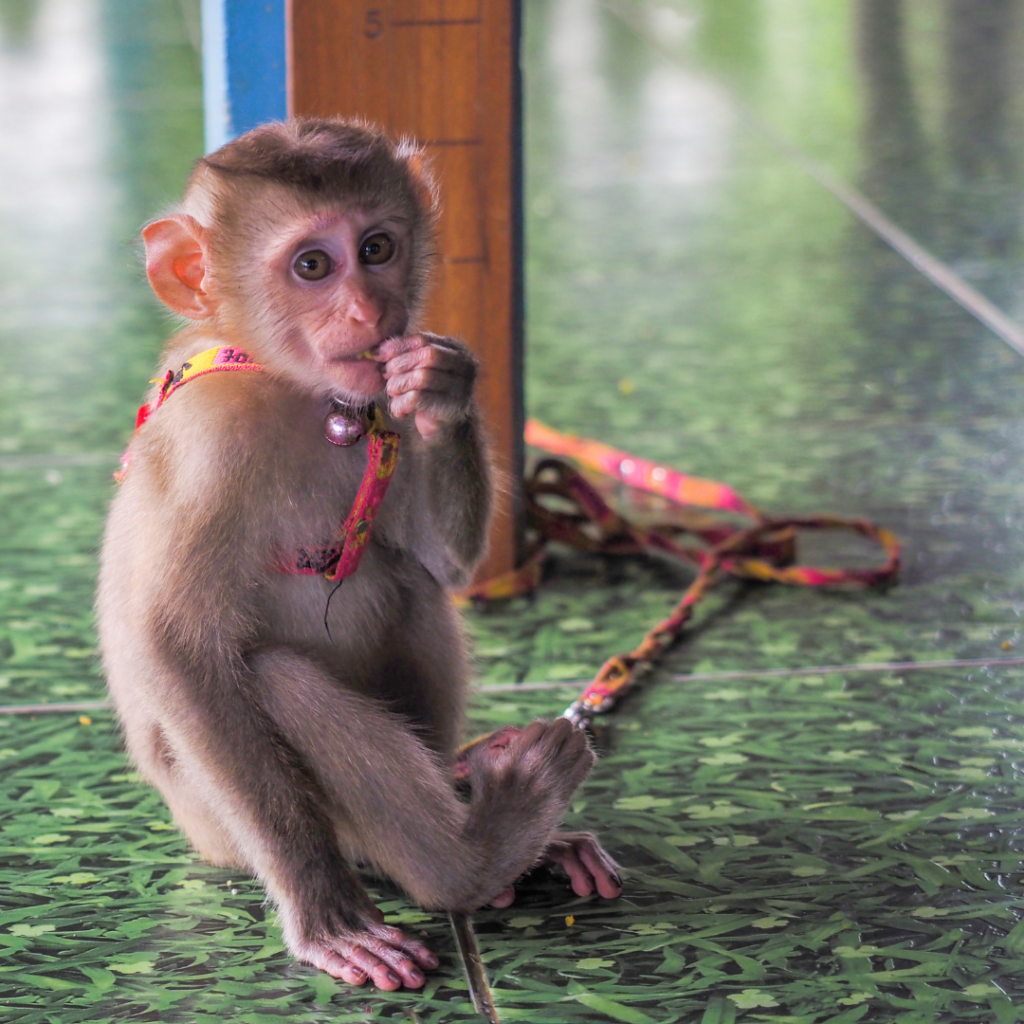
Reject Wildlife Selfies – Help End the Exploitation
Reject practices that allow you to take a selfie interacting with a wild animal. Scrolling through social media and seeing images of people posing with wild animals helps to ‘normalize’ the behavior of taking wildlife selfies. In a situation when someone is offered the chance to hold a sloth or ride an elephant they think “I remember seeing so-and-so doing it so it must be ok”. Wildlife selfies are never ok. This practice is an abusive cycle with the only solution being to raise awareness and stop supporting the companies and people who permit it.
These photographs leave the impression that all animals are safe to approach and snap a picture with. Even professionals that have good reason to have contact with wild animals like conservationists, veterinarians, and field biologists, should refrain from posting posed images. Sure a photograph showing work taking place like rehabilitating wildlife or providing medical care would be viewed as okay since viewers can clearly understand the purpose of the work. But if a photo is just posing or holding an animal without a clear purpose then it crosses the blurry line that could portray the wrong message as a harmful wildlife selfie. At the end of the day, the fewer images posed that intentionally or unintentionally encourage the handling of wildlife the better!
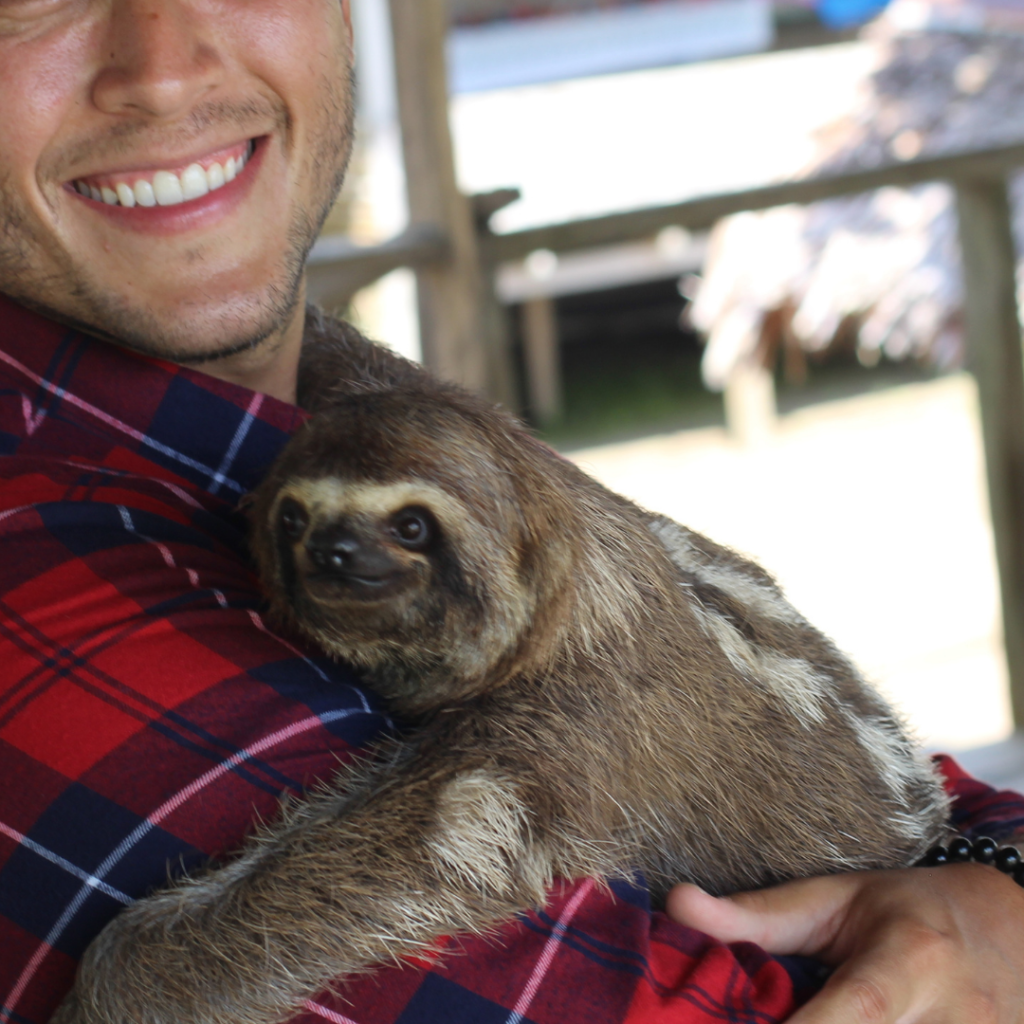
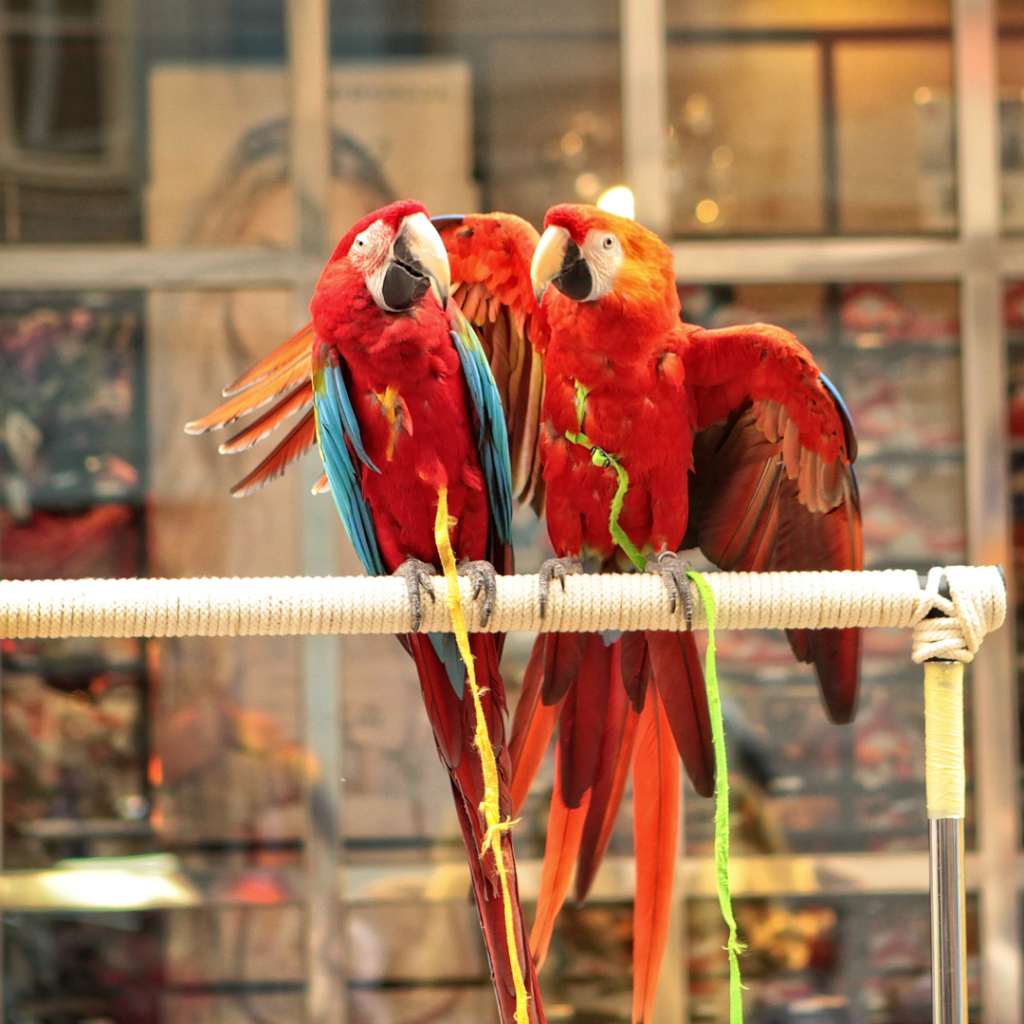
Helping End the Demand for Wildlife Selfies
Destinations are working to help end wildlife exploitation with campaigns to educate tourists. Costa Rica has initiated a robust effort, called Stop Animal Selfies, to end abusive selfies with native wildlife like sloths and parrots. Instead, they encourage visitors to book experiences to see animals in the wild with ethical tour operators. They also ask tourists to share this ethical code with family and friends interested in visiting Costa Rica. By having genuine wildlife experiences, and booking responsible excursions where we might get the chance to see these animals in the wild, where they belong, we can help support a more sustainable and ethical tourism industry for wildlife. #StopAnimalSelfies
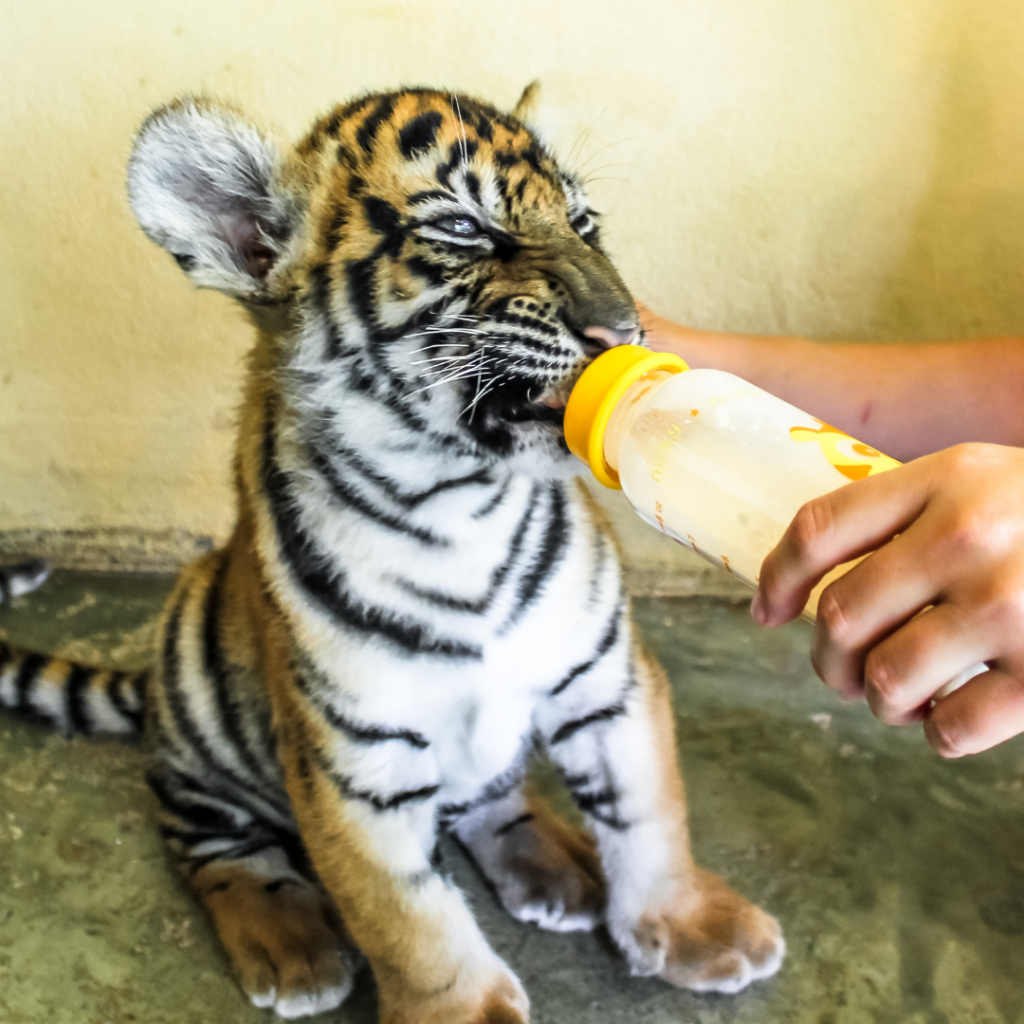
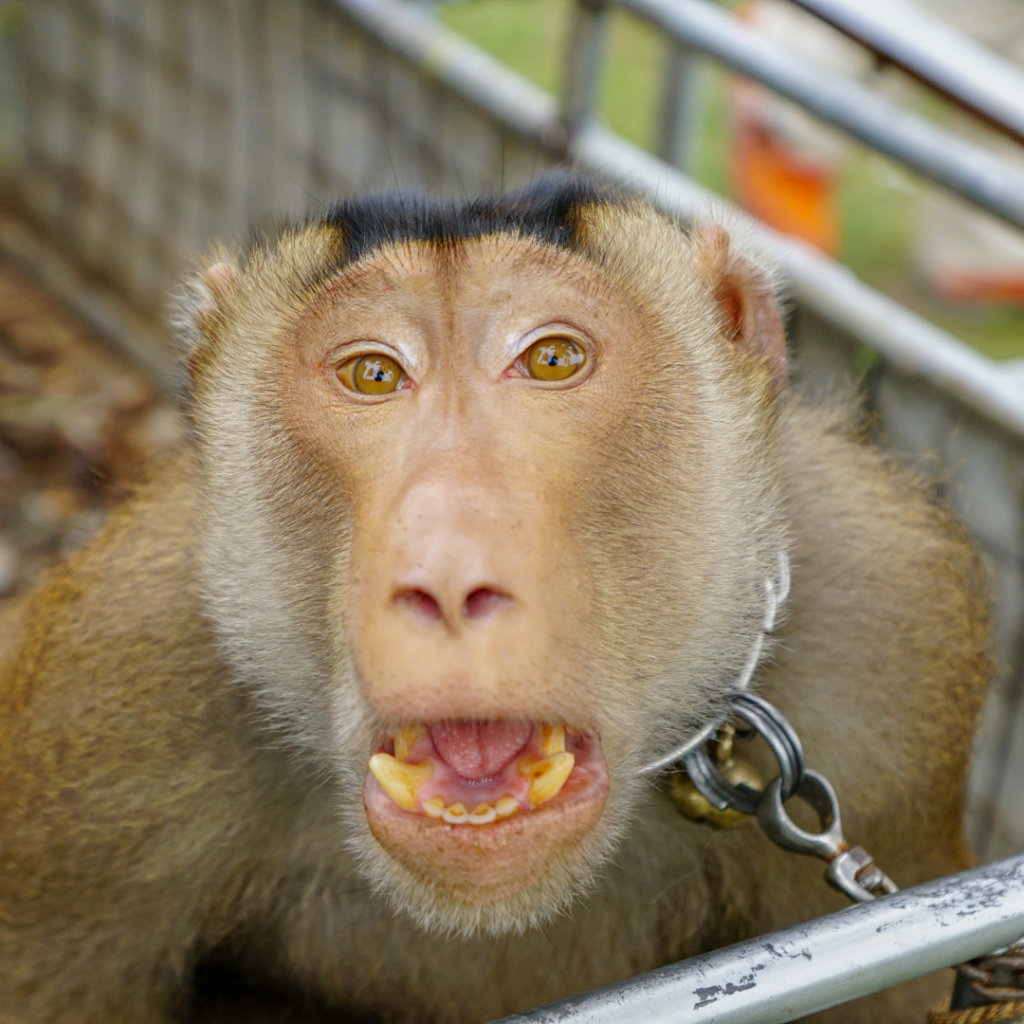
Additional Resources for Ethical Wildlife Tourism Practices
- 10 Practices for Ethical Wildlife Photography
- How to Avoid Elephant Abuse While Traveling
- 5 Animal Attractions to AVOID in Vietnam
